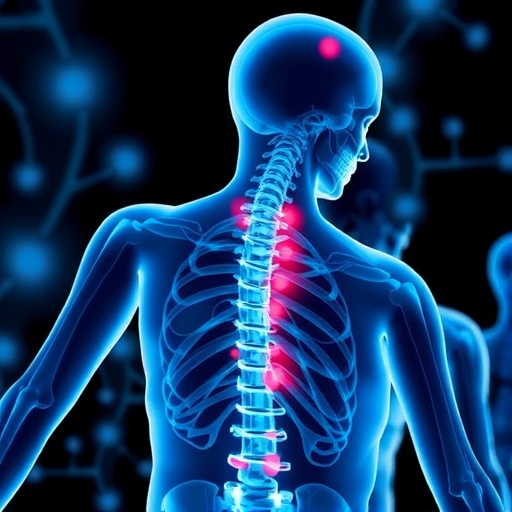CORVALLIS, Ore. – Researchers at Oregon State University have solved a longstanding puzzle concerning the design of molecular motors, paving the way toward new cancer therapies.
Findings were published today in Current Biology.
The research involved kinesins: tiny, protein-based motors that interact with microtubules inside cells. The motors convert chemical energy into mechanical energy to generate the directional movements and forces necessary to sustain life.
Microtubules are microscopic tubular structures that have two distinct ends: a fast-growing plus end and a slow-growing minus ends. Microtubules help make up a cell's skeleton.
Most kinesins only interact with just one microtubule, but a subgroup of kinesins called kinesin-14s preferentially bind to two different microtubules: one with the protein's feet, and one with its tail.
Scientists had known little about what drives that preference, but researchers in the OSU College of Science revealed that some kinesin-14s have a stiff rather than a flexible waist separating the feet from the tail – that's the reason these motor proteins prefer a two-microtubule track.
The findings are important because certain cancer cells depend on kinesin-14 to proliferate, and now there's way to halt those cells: with drugs that make that stiff waist more elastic, thus grinding the molecular motor to a halt and killing the cell.
"Kinesin-14s contribute to the assembly of an oval-shaped superstructure called the spindle," said the study's corresponding author Weihong Qiu, assistant professor of physics at OSU. "The spindle functions to ensure chromosomes are accurately separated between daughter cells during cell division."
Qiu and collaborators at the College of Science, Henan University and Nankai University in China, and the University of Michigan looked at kinesin-14s from two sources: a fungus and a fruit fly.
"We cut open the waist part to insert a flexible polypeptide linker," Qiu said.
The results were dramatic. The fungal kinesin-14 motor changed its direction, moving toward the minus end of the microtubules rather than the plus end, and the fly's kinesin-14 motor shifted from being non-processive – i.e., it would only step one way, then the other – to also being a processive, minus-end-directed motor.
But the ability of the fruit fly kinesin-14 to bind to two microtubules was severely compromised by having a flexible waist rather than a stiff one.
"Nature through evolution came up with a remarkable plan in terms of the design of the motor protein," Qiu said. "Most kinesin-14 motors function inside the spindle and need to interact with two different microtubules rather than one. Our research reveals that to accommodate that functional need, these kinesin-14s have evolved to have a rigid middle piece."
Altering that design via drug intervention would kill cancer cells that rely on kinesin-14 to spread.
"Our results imply a novel therapeutic approach, which is to target the waist region of the motor protein," Qiu said. "If the kinesin-14 motor can bend at the waist like a gymnast, then its ability to interact with two microtubules is lost, and so is its function. Now drugs can be identified that modify the rigidity of the waist region."
###
Collaborators included Pan Wang, Kuo-Fu Tseng, Yuan Gao, Michael Cianfrocco and Lijun Guo.
The National Science Foundation as well as the National Science Foundation Committee of China supported this research.
Media Contact
Weihong Qiu
[email protected]
541-737-4377
@oregonstatenews
http://oregonstate.edu/
http://bit.ly/2ueJj9U
Related Journal Article
http://dx.doi.org/10.1016/j.cub.2018.05.026




